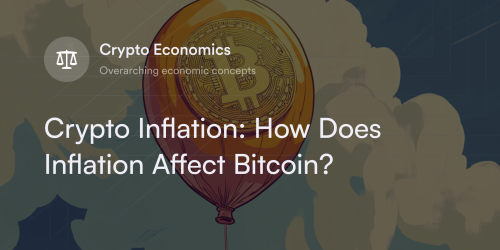
Crypto Inflation: How Does Inflation Affect Bitcoin?New
Explore how crypto inflation affects cryptocurrencies like Bitcoin and Ethereum. Also, learn how digital assets hedge against traditional inflation.

Explore how crypto inflation affects cryptocurrencies like Bitcoin and Ethereum. Also, learn how digital assets hedge against traditional inflation.
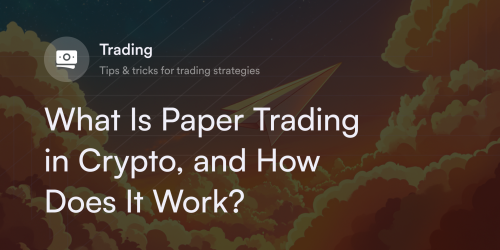
Learn the ropes of trading crypto without risking real money. Find out what paper trading is and how crypto traders use it to refine their skills.

Proof of concept is making it easier for companies to evaluate crypto technologies before diving into decentralization. Learn what it is and how it works.
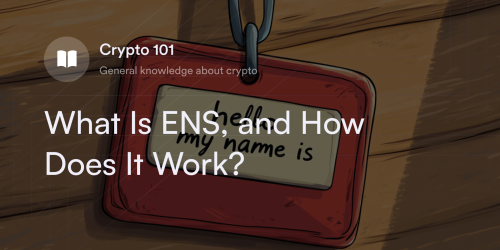
The Ethereum Name Service (ENS) makes sending crypto mistake-proof. Learn what the ENS is, how it’s making Web3 user-friendly, and how to get a domain.
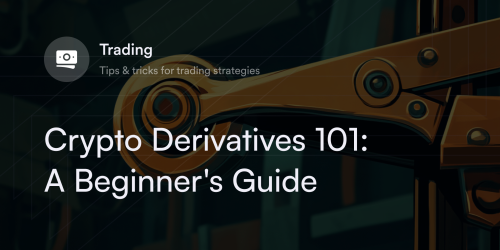
With billions in daily trading volumes, crypto derivatives have become popular products in the market. Learn their ins and outs and how traders use them.
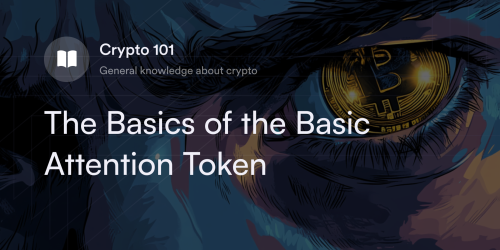
The Basic Attention Token offers rewards simply for browsing the web. Discover this crypto project's innovative ad model and how to start earning BAT.
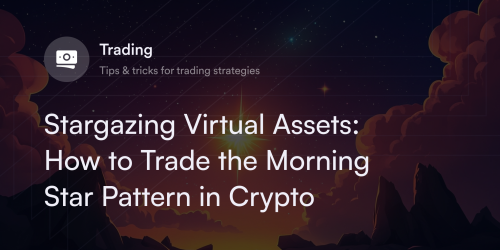
Learn all about the morning star pattern, including what it is in cryptocurrency, how to identify and trade it, and how it differs from the evening star.

With the iron condor strategy, traders can profit when Bitcoin’s price is boring. Learn how to set up an iron condor and when to use it for trading crypto.

Dark pools provide crypto whales with hideaways to swap many tokens. Plunge into this trading practice’s depths and learn how it moves the crypto market.
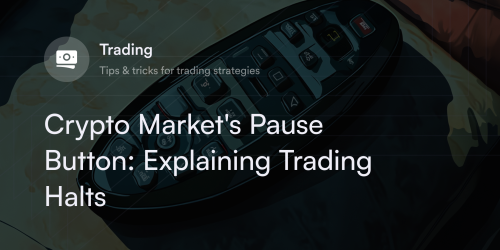
What happens when exchanges put the brakes on Bitcoin trading? Find out what trading halts are, why they happen, and how to avoid them.

Explore cryptocurrency on the rise, with insights into some of the most popular digital currencies, market dynamics, and technological advancements in DeFi.

Learn about mining pools, including how they help miners earn rewards, share expenses, and uncover new crypto blocks. Discover how to choose a mining pool.
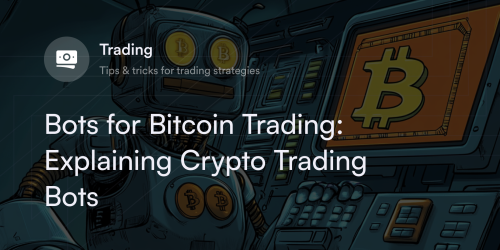
Is it wise to hand over control of crypto trading to a computer? Explore crypto trading bots to decide whether their pros outweigh their cons.
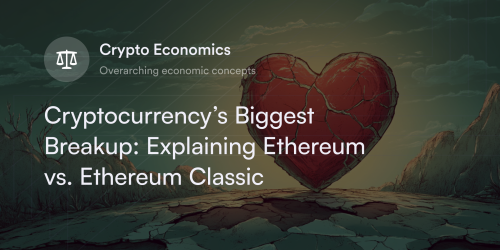
Confused by the two Ethereums listed on crypto exchanges? Learn how Ethereum and Ethereum Classic differ before trading these coins.

Liquidity mining is a legit way to earn rewards on idle crypto, but it’s not without its drawbacks. Learn its pros and cons before locking crypto funds
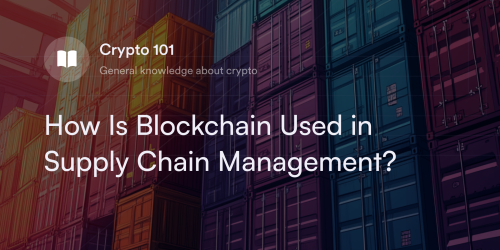
Blockchain is the latest buzz in global supply chain management. Learn how blockchain supply chains are becoming a game-changer in the globalized economy.

As interest in crypto rises, there's a growing demand for skilled blockchain developers. Learn what they do and how to start working in Web3.
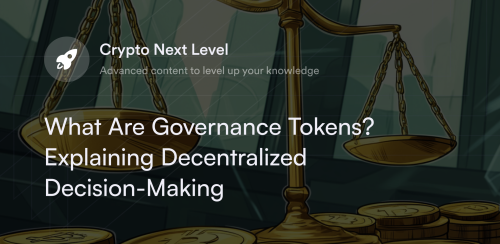
Governance tokens bring democracy into Web3. Find out how these cryptocurrencies promise to give users a say in the direction of decentralized finance.
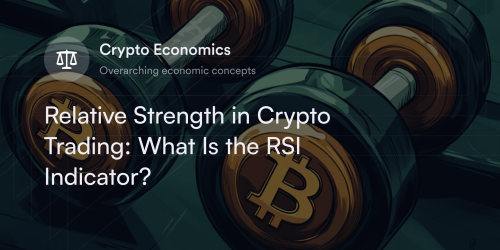
The RSI reveals market dynamics behind a cryptocurrency’s price movement. Learn what RSI is and how using it helps crypto traders monitor momentum.
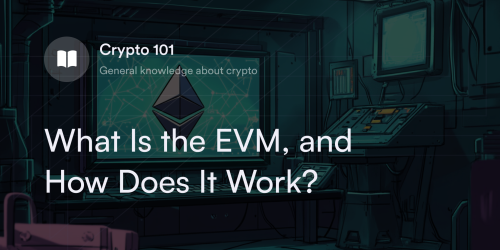
The Ethereum Virtual Machine (EVM) is a breakthrough in blockchain tech’s history. Learn what the EVM is and how it powers innovative dApps.
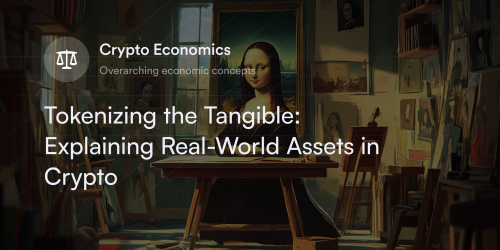
Blockchain is bringing off-chain assets into the digital economy. Learn about how tokenized real-world assets expand the financial possibilities of Web3.
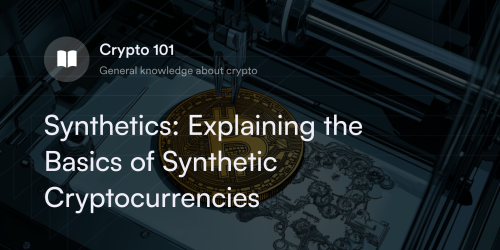
Synthetics are an abstract asset class with concrete effects on the digital economy. Discover what synthetics are and how they influence cryptocurrency.
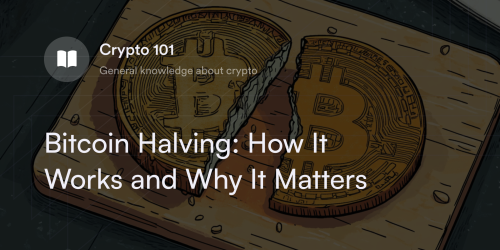
Explore the essentials of Bitcoin halving, including its impact, process, and historical significance in shaping cryptocurrency's value and future.

Proof-of-burn blockchains purposefully light crypto bonfires. Learn about this fiery framework and how it secures decentralized networks.

Crypto staking pools have become a pervasive passive income tool, but are they safe? Learn their pros and cons before committing.
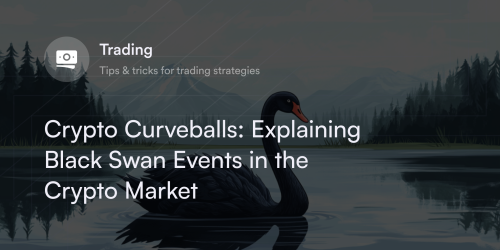
Black swan events inject extra uncertainty into the crypto market. Learn about black swan events in crypto and ways to prepare for them.

Proof of Solvency lets crypto traders peek into an exchange’s treasury. Learn how this transparent standard is building trust in the crypto ecosystem.
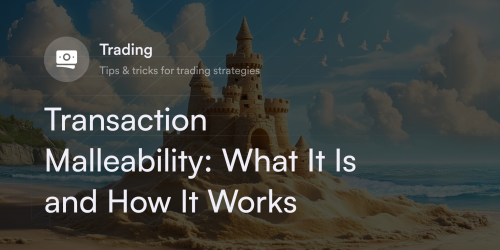
Learn about transaction malleability, how it works, and what causes it. Discover the types of attacks and a real-world example.
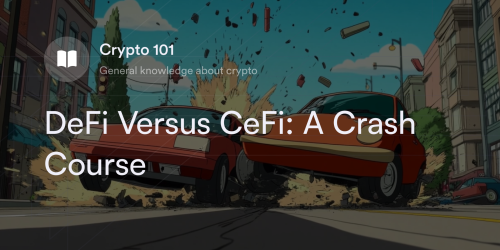
Crypto created decentralized finance, but is this really better than centralized services? Learn about DeFi versus CeFi before deciding which to use.

What is Uniswap? Learn all about this decentralized exchange on Ethereum and how it’s revolutionizing crypto trading and liquidity.
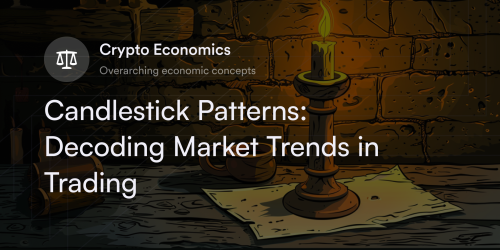
Learn about candlestick patterns, including what they are, how to read them, and how they emerge on trading charts. Discover bullish and bearish patterns.

Learn what crypto airdrops are, how they work, and their pros and cons. Discover how some fraudulent projects send fake airdrops to steal personal info.

Ascending triangle patterns alert traders to potentially big moves in the crypto market. Discover what these mean and how to use them when trading crypto.

Learn about crypto futures trading, including how it works, where to trade, and its benefits and risks. Also, discover the various types of contracts.

Learn about what crypto gaming is, how it works, and how to make money in this niche. Discover the most popular gaming players in the world of crypto.

Crypto white papers give traders a glimpse into a token's inner workings. Learn what they are and how to use them when evaluating crypto projects.

Learn how many Bitcoins there are, the cryptocurrency’s finite supply, and about the mining process. Discover Bitcoin’s future once it reaches its cap.

The Bitcoin stock-to-flow model makes a compelling case for BTC's price trajectory, but is it a reliable framework? Here’s what you need to know.
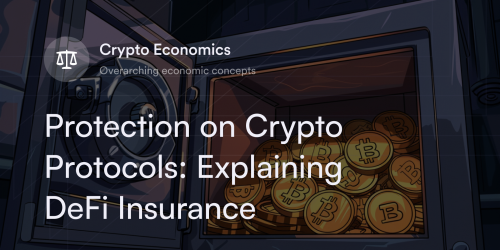
DeFi insurance protocols add a protective layer to the Web3 economy. Discover how these novel programs check crypto claims without counterparties.

Is the crypto market random, or does it move in a predestined pattern? Learn about Web3 seasonality with a deep dive into crypto cycle theory.
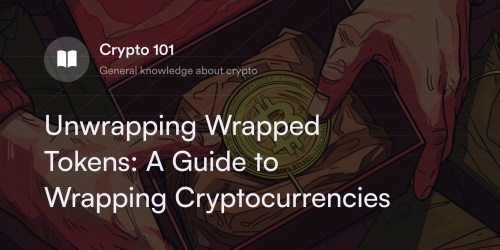
Wrapped tokens help bring different blockchains together. Find out how wrapping cryptocurrencies increases opportunities and activity in Web3.

Learn more about bonding curves, including their role in token economics, dynamics with traditional finance, and future potential in the blockchain.

The Wyckoff method is an open secret for crypto traders in the know. Join crypto's inner clique with a guide to how this sneaky strategy works.
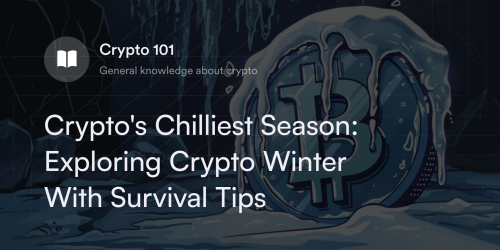
Crypto winter stings like frostbite, but it's a trial by fire for believers. Learn what to expect during the season and how to survive this frigid phase.
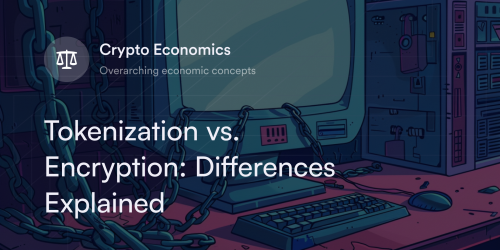
Explore the key differences between tokenization and encryption, their unique functions, and applications in enhancing data security and compliance.
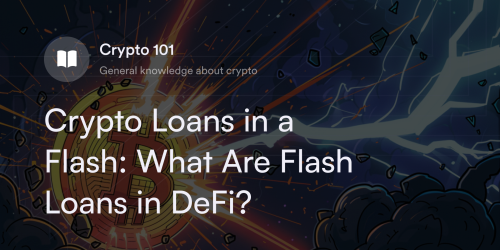
Flash loans are a quick way to borrow millions in digital assets. Learn how DeFi flash loans work, their use cases, and their unique risk profile.

Merkle trees make storing and processing crypto transactions manageable. Get to the root of Merkle trees and learn why they're a big deal on blockchains.

Learn about swing trading, its advantages and disadvantages, and how it differs from day and long-term position trading. Discover a swing trading strategy.
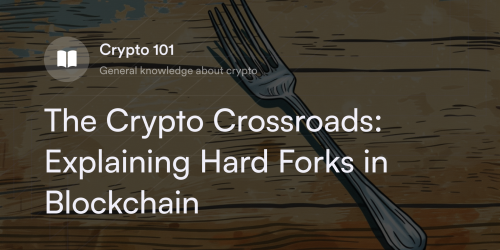
Hard forks are fissures in the crypto community. Uncover the mechanics, motivations, and market impact of these pivotal events throughout crypto history.

Algorithmic stablecoins are a controversial class of cryptocurrencies. Learn why the community is split over the pros and cons of these experimental tokens.

Learn all about perpetual bonds, including what they are, how they work, and their pros and cons. Discover the formula to calculate their value.

Learn about calendar spread, including what it means, how it works in options trading, and its two types. Also, discover its real-world examples.

Sybil attacks pose a serious threat to the integrity and security of decentralized blockchains. Learn how these work and how cryptocurrencies prevent them.
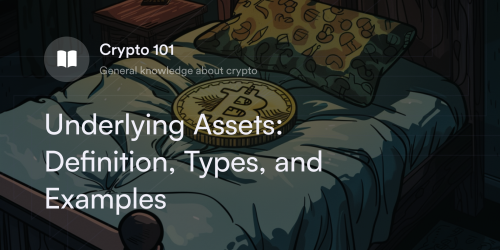
Learn all about underlying assets, including what they are, how they work, and the most common varieties. Also, discover what derivatives are in finance.
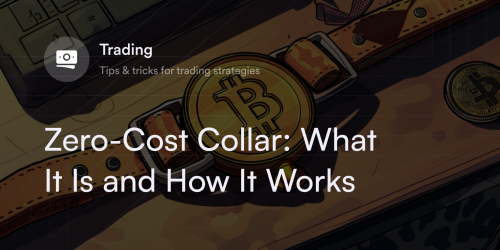
Learn about zero-cost collar and how it can be a useful strategy, particularly in bear markets, for traders seeking to limit their losses.

Is mining Bitcoin from home worth the time and effort? Discover how long it takes to mine one Bitcoin to decide if mining rigs are a smart investment.
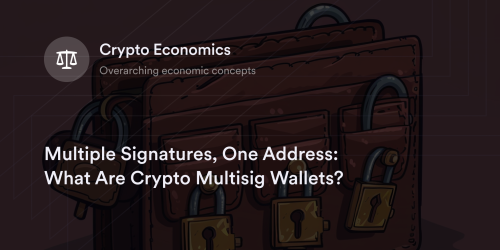
Multisig wallets spread the responsibility for sending and storing virtual assets. Learn how they work and if they’re safe for crypto custody.
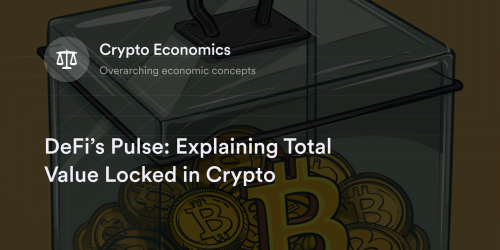
Learn about total value locked (TVL), including what it is, how it works, and how to calculate it. Discover its significance and limitations.

Learn about Bitcoin ordinals, including what they are, how they function, and how to trade them. Discover the differences between Bitcoin ordinals and NFTs.
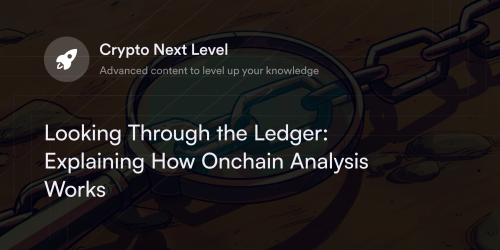
Go beyond price charts with crypto onchain analysis. Use the latest onchain analytics to uncover hidden trends and assess the crypto market’s health.

Cross-chain interoperability helps users interact with multiple blockchains. Learn how it works, its importance, and the risks associated with it.
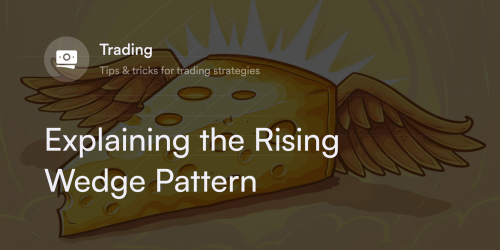
Not all uptrends are optimal buying opportunities. Learn what the rising wedge pattern is and why it makes bullish traders second-guess their strategies.
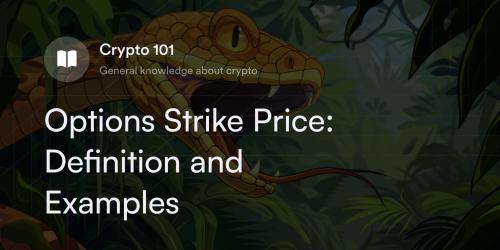
Learn what a strike price is in options trading. Discover how it works, how it relates to “moneyness,” and why it’s important.
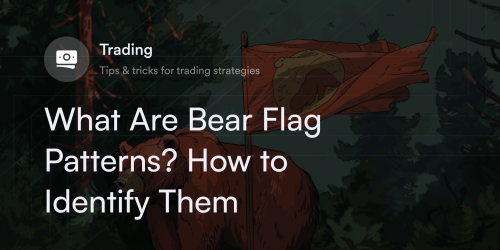
Learn about bear flag patterns, including their components, pros, and cons. Discover how to trade crypto during bear markets and how bear and bull flags differ.
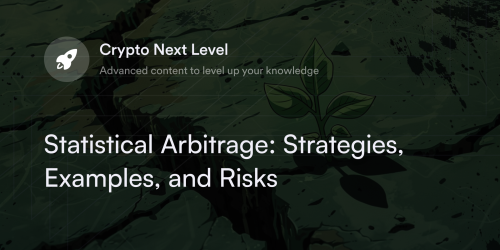
Learn what statistical arbitrage is in crypto, how it works, and the risks associated with it. Discover the strategies involved and real-world examples.
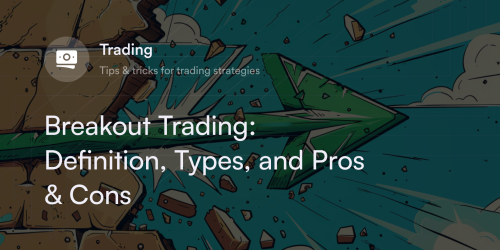
Learn about breakout trading, including what it is, its different strategies, and its pros and cons. Discover the mistakes to avoid when trading breakouts.
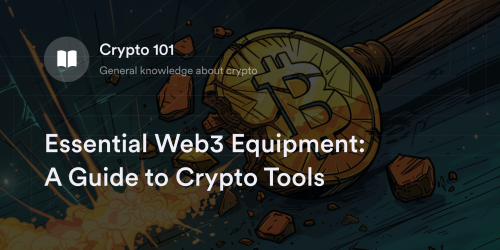
Crypto traders need a trusty toolkit to swap and store their digital assets. Discover the most effective crypto tools for confident portfolio management.

Learn about the inverse head and shoulders pattern, including the psychology behind it, how to identify it, and practical tips for trading it.
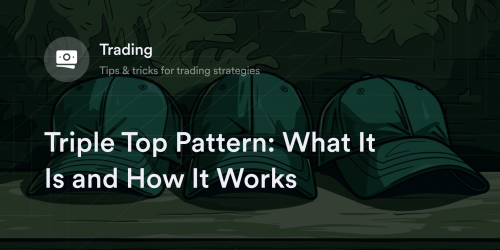
Learn about the triple top pattern, including what it means, how to identify it, and how to trade it. Discover its pros and cons to make smart decisions.

Don't be fooled by false price breakouts. Learn what the shooting star pattern is and how crypto traders use it to prepare their portfolios.
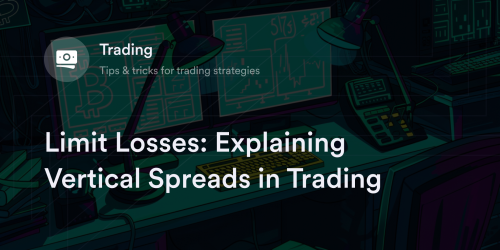
Learn all about vertical spreads, including what they are, their various types, and their primary benefits. Plus, discover a real-world example.
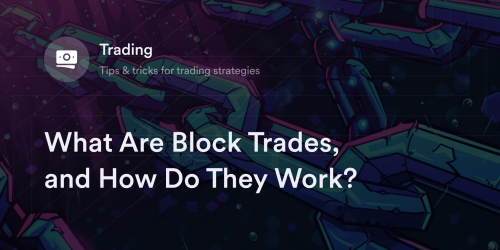
Learn what a block trade is and how traders use it for large transactions. Discover its various types, benefits, and drawbacks.
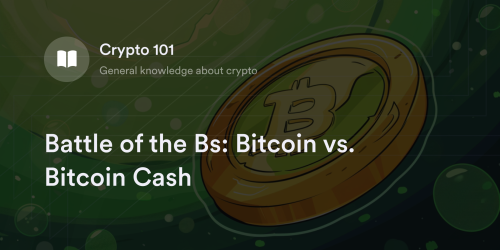
Does Bitcoin Cash have what it takes to topple the crypto king? Find out the full details on Bitcoin versus Bitcoin Cash and how they compare.
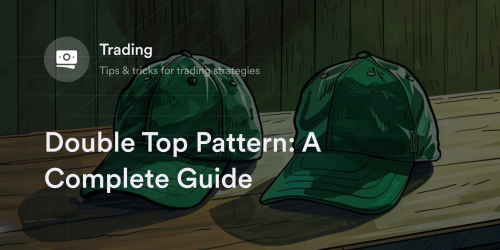
Learn about the double top pattern, how to identify it, and how to trade it in crypto. Discover how it differs from double bottom.

Dogecoin began as a joke, but it's since become a serious cryptocurrency with a considerable following. Learn what Dogecoin is used for and how to invest.
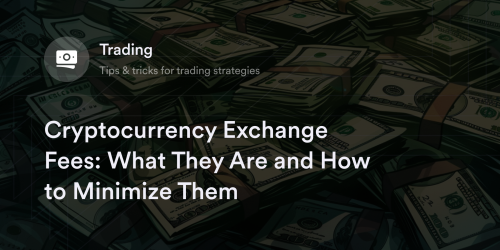
Traders can’t avoid exchange fees, but there are ways to pay less. Learn what cryptocurrency exchange fees are and the best ways to minimize them.
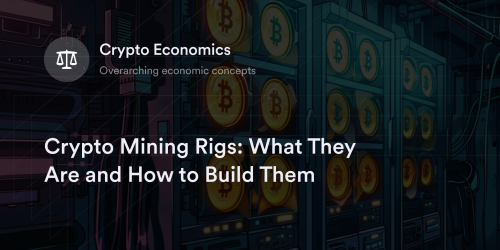
Explore the mechanics of Web3 via crypto mining rigs. Find out how these machines help create and secure digital assets like Bitcoin.

The 2021 Taproot upgrade is “tapping” into Bitcoin’s full potential. Discover what Taproot is and its implications for Bitcoin’s future.
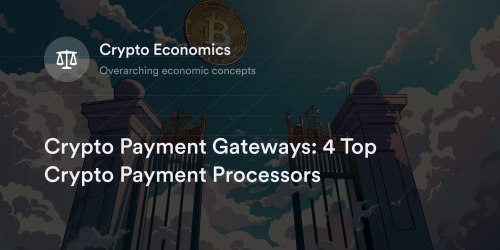
Installing crypto payment gateways is often a company's first step toward digital assets. Learn what these are and how they make crypto commerce possible.

A cryptocurrency index fund gives traders a new way into the digital assets sector. Learn how crypto index funds work and whether they’re a good idea.

Crypto IRAs claim to offer an easy way to buy digital assets for the long haul, but is there a catch? Learn how crypto IRAs work for saving for retirement.

Wrapped Bitcoin is priced the same as Bitcoin but is an entirely different cryptocurrency. Learn what Wrapped Bitcoin is and why traders use it.
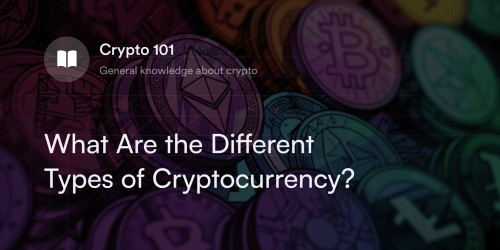
As crypto adoption ramps up, the number of virtual currencies grows. So what are the different types of cryptocurrency, and how do traders choose between them?

Cryptocurrency won’t be the same following the launch of Ethereum 2.0. Learn what Ethereum 2.0 is, how it works, and how it changed Web3.

Delegated proof-of-stake promises to make cryptocurrencies faster and fairer. Discover how it works and why people think it's a revolution for blockchain.

Short selling is a popular trading strategy, but it’s not without risk. Learn how to short cryptocurrencies while protecting your portfolio.
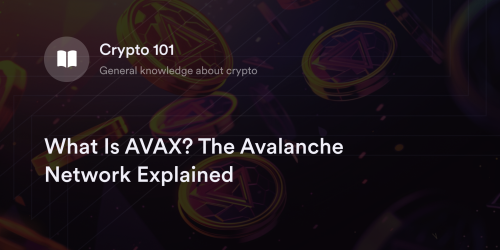
Despite its chilly name, Avalanche is a hot project in the crypto community. Discover what AVAX is and why more traders are exploring the Avalanche ecosystem.
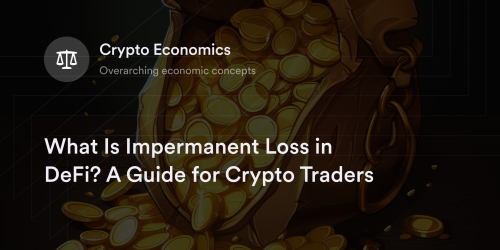
Don’t let impermanent loss eat away at your DeFi rewards. Learn the basics of what impermanent loss is and how to deal with this common DeFi risk.
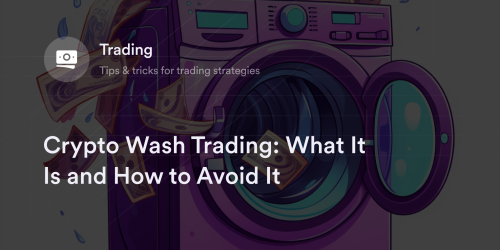
Wash trading obscures essential info about crypto market activity. Discover how crypto wash trading works and ways to protect your portfolio.

Crypto traders plot pivot points on charts when searching for critical price levels. Discover what pivot point trading is and how to use it in the cryptocurrency market.
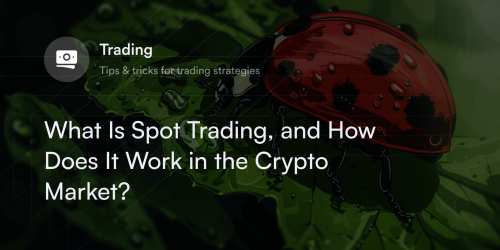
For crypto beginners, trading "on the spot" is the hottest option. But what is spot trading, and why is it a popular choice for new crypto traders?

ICOs are incredible opportunities to scoop up new cryptocurrencies, but not without risks. Find out what an ICO is in crypto and how to assess their safety.
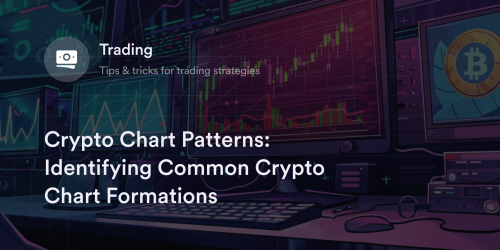
Crypto chart patterns paint pictures of future price probabilities. Traders with a keen eye for them often have an edge in managing their crypto positions.
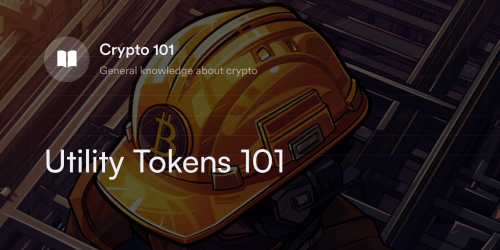
Utility tokens broaden blockchain technology's potential. Learn what utility tokens are and how they unleash new possibilities in the crypto industry.
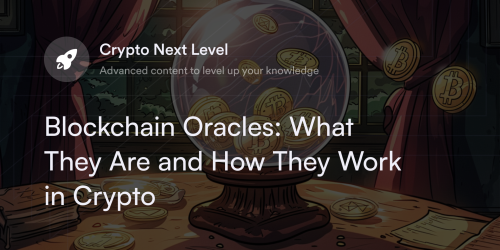
Blockchain oracles bring the real world into the crypto ecosystem. Learn how blockchain oracles work and how they’re expanding cryptocurrency’s use cases.

Chainlink wants to bridge the gap between on-chain and off-chain data. Find out what Chainlink is and how it’s expanding cryptocurrency’s use cases.
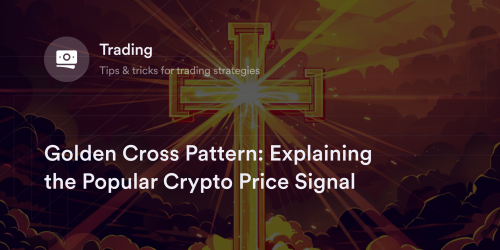
The golden cross pattern is a beacon of hope for bullish crypto traders. Learn how to interpret and leverage this indicator when setting up trades.
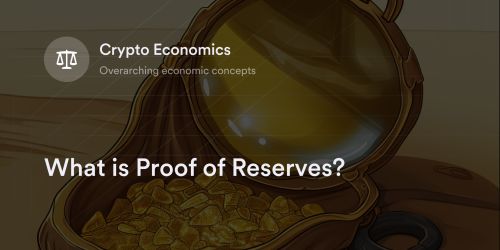
Learn the basics of proof of reserves (PoR) and how exchange audits help protect crypto traders.

Without ledgers, decentralized networks would be a disorganized mess. Discover what ledgers in blockchains are and how they keep track of crypto assets.
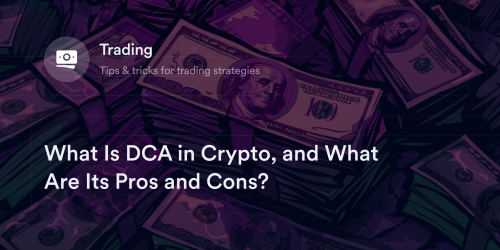
DCA aims to reduce exposure to volatility when trading cryptocurrencies, but does it work? Explore what DCA is in crypto and whether it’s a good trading technique.

Satoshis don't have Bitcoin's brand recognition, but they're a big reason behind BTC's success. Learn what a satoshi is and why it's integral to Bitcoin.

Crypto traders slipping into bear traps often deal with significant losses. But what’s a crypto bear trap, and how can you steer clear of this scary scenario?
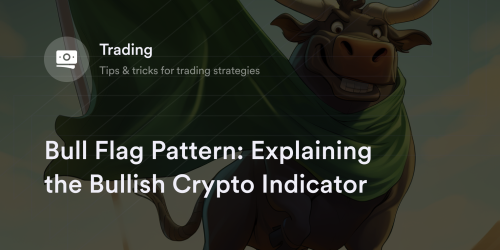
When a bull flag pattern appears, some crypto traders expect a price pump. But what makes it possible, and how do people use it in crypto trading?

With dApps, developers have the potential to redesign the internet's infrastructure. Learn what dApps are and how they aim to revolutionize the web.
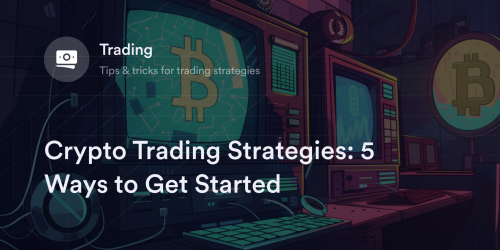
Crypto trading strategies give traders a sense of direction in the digital assets market. Discover the pro techniques to calculate your risks and returns.
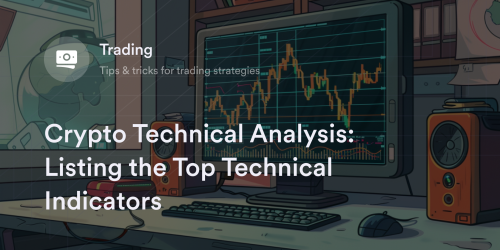
Crypto technical analysis gives traders valuable insights into price patterns. See how technical indicators can add precision to a crypto trader's strategy.

Crypto bridges have many potential applications but with significant security risks. Learn the basics of cross-chain bridges and how to spot safety threats.

Algorithms claim to take the guesswork out of crypto trading, but are they legit? Learn how cryptocurrency trading algorithms work before trading digital assets.

As activity on DeFi ramps up, interest in DeFi tokens hits record highs. Learn the details on DeFi tokens and how they fit into the crypto ecosystem.

Blockchain technology revolutionized the traditional tokenization process. But what is tokenization, and how do traders use it in the crypto industry?

Cryptocurrency prices move as erratically as a crazy roller coaster ride. Find out what’s behind crypto volatility and how traders manage it.

Privacy coins take anonymity to the extreme. Find out what privacy coins are in cryptocurrency and how they differ from other categories.

Crypto assets have become a global payment method. But which brands accept crypto, what can you buy with cryptocurrency, and how do you pay with Bitcoin?
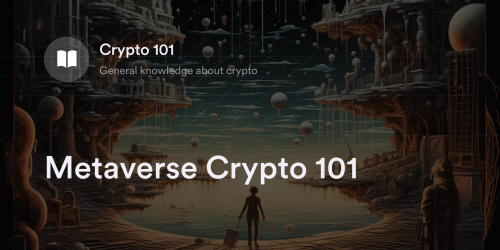
The metaverse is more than a buzzword for many crypto projects. Learn what metaverse crypto is and how it’s shaping the future of Web3.

Sometimes, traders “hedge their bets” to manage the crypto market’s volatility. But what is hedging in crypto, and how can you add it to a trading strategy?
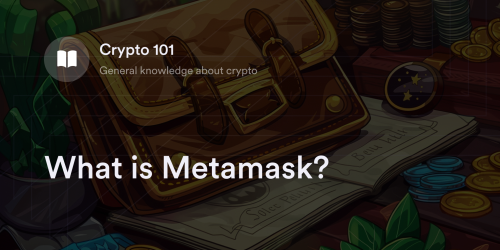
Millions of crypto traders rely on MetaMask to interact with Web3 and blockchain tech. Find out what MetaMask is and how to set up an account.

Crypto mining is essential for Bitcoin’s success. Find out what crypto mining is, how it makes sending BTC a reality, and if it’s profitable.

Crypto traders swear by tokenomics when deciding which digital assets to buy. But what is tokenomics, and why is it such a big deal in crypto trading?

More companies are easing into the idea of receiving crypto payments. Learn how to pay with cryptocurrency to take part in the digital economy.
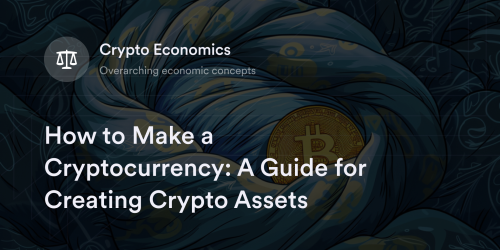
Creating virtual currencies is becoming easier due to advancements in the crypto ecosystem. Learn how to make a cryptocurrency and how to get started.
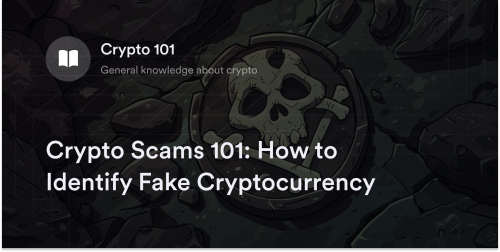
Counterfeit cryptocurrencies cost traders millions in losses each year. Avoid falling for a token trap by learning how to identify fake cryptocurrency.
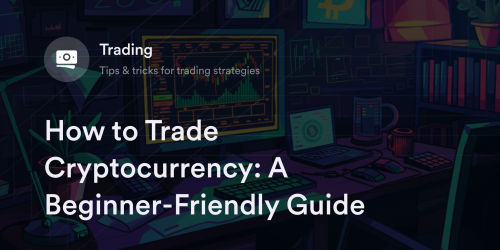
The crypto world is potentially profitable, but traders should take proper precautions. Learn how to trade cryptocurrency and develop an actionable strategy.

Many crypto traders swear by the security of hardware wallets, but what are hardware wallets, and how do people use them for crypto storage?
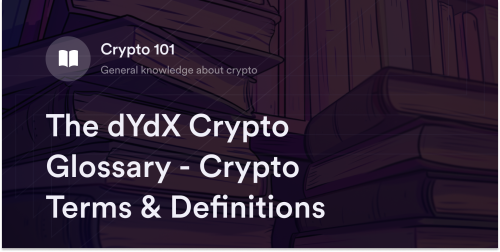
The dYdX Crypto Glossary is a complete guide through the ever-evolving landscape of cryptocurrency.
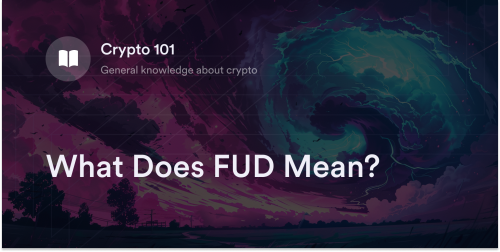
Hearing about FUD freaks many crypto traders out, but is it worth the stress? Learn about FUD’s meaning in crypto and how it affects trading psychology.

Whether you own or don’t own crypto––everyone's at risk of cryptojacking attacks. Learn what they are and how to spot and prevent them.
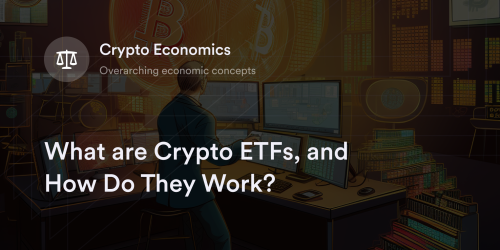
Crypto ETFs simplify digital asset trading, but are they the right option? Learn their pros and cons and how they differ from buying virtual coins.
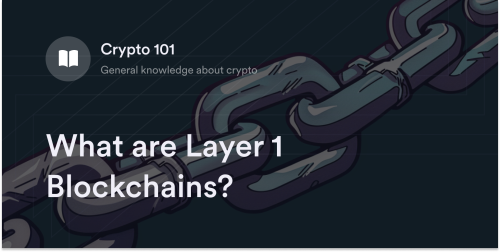
Layer 1 blockchains are at the core of many cryptocurrency protocols. Learn what layer 1 means in crypto and how it powers the digital assets economy.
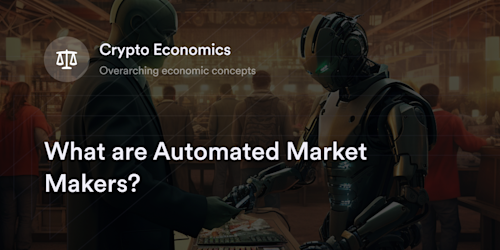
The algorithms behind automated market makers play a significant role in the infrastructure behind DeFi. But what are they, and how do they impact decentralized crypto trading?

Soulbound tokens (SBTs) bring personal IDs into Web3. Discover the latest details on SBTs and how they influence development in the crypto industry.

Cryptographic hash functions are vital for online security as well as crypto transactions. Learn more about what hash functions are and how they relate to digital assets.

Proponents of arbitrage argue it’s a safe way to trade cryptocurrencies, but is that accurate? Learn more about what arbitrage trading is and its risks before trying it.
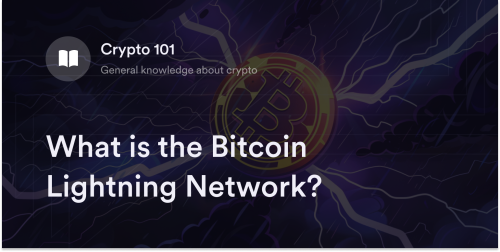
The Lightning Network aims to make instant Bitcoin payments a reality. Learn more about the Bitcoin Lightning Network and how it supercharges BTC’s adoption.
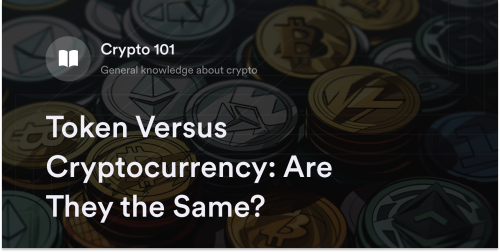
Learn more about how coins, tokens, and cryptocurrencies differ to understand how digital assets function. Plus, discover the most common crypto tokens.
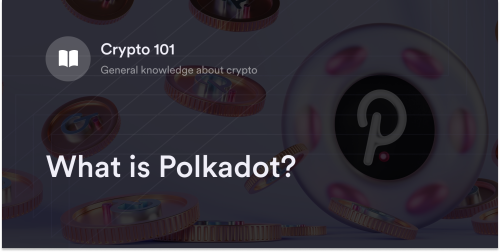
Since 2020, Polkadot has become a hot topic in cryptocurrency circles. But what is Polkadot, and how is it different from other cryptocurrency projects?

Mastering trading psychology helps crypto traders make clear-headed decisions. Learn the strategies traders use to navigate the volatile crypto market.

Wrapped Ethereum trades for the same price as Ethereum, but how do traders choose between the two? Learn what wETH is and how it compares to ETH.

Polygon went from a start-up software company to established crypto mainstay in just a few years. But what is Polygon in crypto, and why has it become so influential?
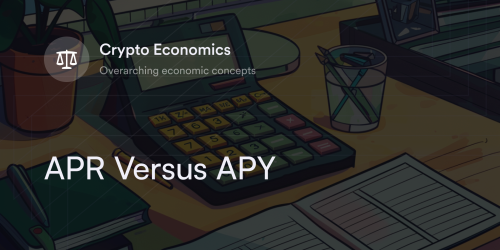
Crypto traders looking for passive income strategies find interest rates in APR or APY. But what do these terms mean, and how do people choose between the two?

Liquidity pools allow crypto traders to swap digital assets on DeFi exchanges. But what are they, and how do they influence the crypto economy?

Bitcoin futures are now mainstream products in the global financial services community. Learn what they are, the different types, and how traders use them.
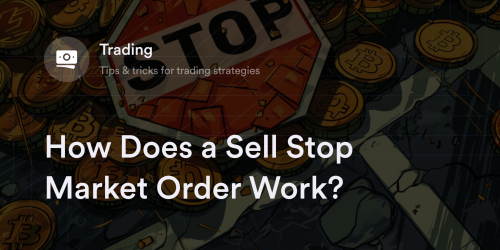
Crypto traders use a variety of sell orders to close their positions. Find out why some traders prefer placing sell stop market orders to exit the market.

Learn the primary differences between forward versus futures contracts and how traders choose contracts in the derivatives market.
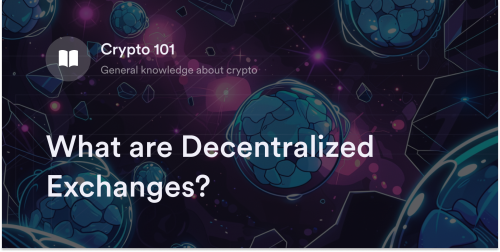
Crypto traders are increasingly leveraging DEXs to swap their favorite digital currencies. Find out what a DEX is and how it works in the overall crypto ecosystem.
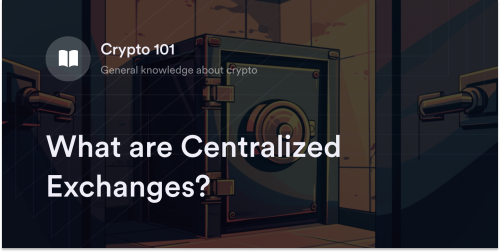
Centralized crypto exchanges offer many convenient features but aren't risk-free. Learn the pros and cons of buying crypto on these trading platforms.

One way to understand crypto is to compare it with a more familiar currency form: fiat. Learn what fiat currency is and how it differs from crypto.
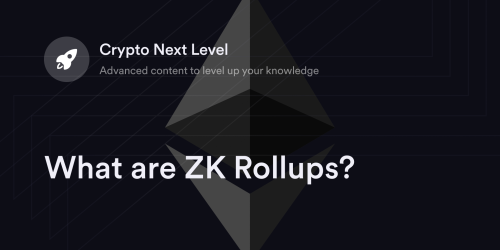
ZK rollups can supercharge Ethereum's speed and scalability. Learn what they are and why they significantly impact the Ethereum blockchain.

Bitcoin ATMs promise a fast and convenient way to convert cash to crypto, but are they safe? Learn what a Bitcoin ATM is and what you can consider to trust one or not.
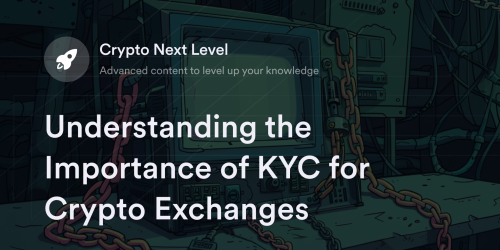
KYC (know-your-customer) has become a crucial aspect of contemporary crypto compliance. Learn what KYC in crypto is and why crypto firms use it.

DAOs want to bring decentralization to online decision-making. Find out what a DAO is in crypto and how it’s changing people's perception of governance.

As sharing info over the internet becomes the norm, more people are concerned about online privacy. Learn what cryptography is and how it can help to protect digital data.

Crypto’s effect on the climate is a complex and controversial topic. Learn about Bitcoin’s environmental impact and eco-friendly cryptocurrency solutions.

Sushi has been a popular protocol for crypto traders since its launch in 2020. Learn how Sushi became a major name in the DeFi ecosystem.

Private keys grant traders complete control over their cryptocurrencies. Discover what a private key is and why it's crucial for asset recovery.

Cryptocurrency is part of a shift in software design called "Web3," leading to questions like what are Web2 and Web3, and how will the latter change the online user experience?
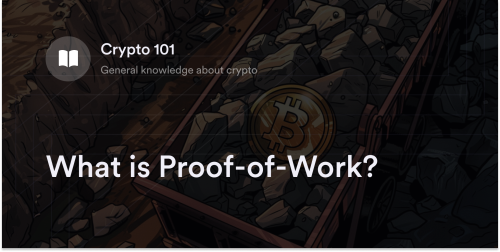
Proof-of-work is how decentralized currencies like Bitcoin "work." Learn about Bitcoin's consensus algorithm and how it kickstarted the crypto revolution.
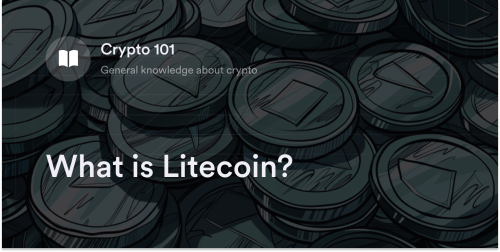
Cryptocurrency traders call Litecoin “digital silver,” but what does that mean? Learn what Litecoin is and its role in cryptocurrency’s history.
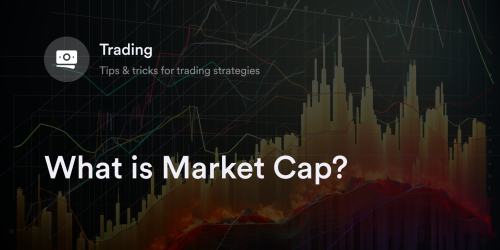
Market cap helps crypto traders analyze the size and growth of different digital assets. Find out what market cap is and how to calculate it for cryptocurrencies.

Crypto faucets claim to offer "free Bitcoin," but is there a catch? Find out what a crypto faucet is and whether it's a legitimate way to earn digital assets.
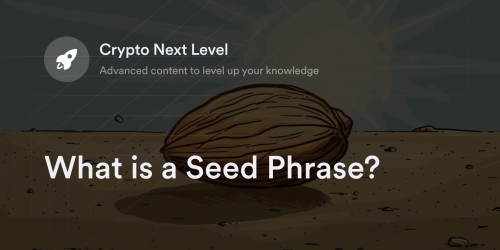
Without a seed phrase, traders wouldn't have a backup for their cryptocurrency wallets. Learn what a seed phrase is and how it protects digital asset holders.

Smart contracts unlock limitless possibilities for cryptocurrency and blockchain. But what are smart contracts, and how do they expand crypto's use cases?

Proof-of-stake claims to be the greenest way to confirm crypto transactions, but is it safe? Learn what proof-of-stake is and if it’s better than other alternatives.
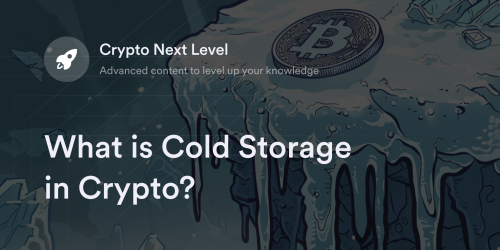
Crypto traders often claim cold storage is the safest way to store digital assets, but is it? Learn what crypto cold storage is and why it's a "hot" option.
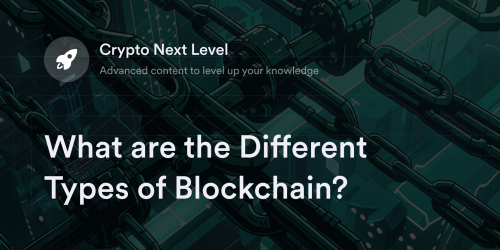
Blockchain technology is shaking up the global economy. Discover why blockchain tech is so significant and the different types of blockchains now available.
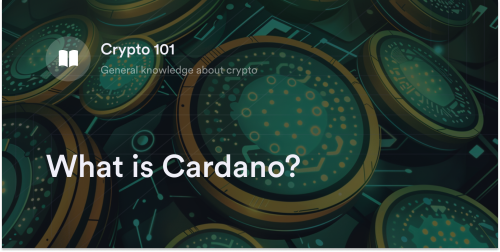
Cardano wants to bring scientific precision into the cryptocurrency sector. But what is Cardano, and how does it aim to increase global crypto adoption?

Whales are the largest creatures on Earth and across the crypto economy. Learn what crypto whales are, why they matter, and how to track their activity.
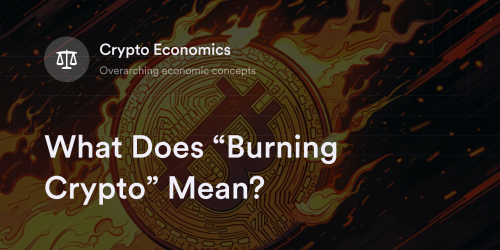
Burning digital assets is an important part of the crypto ecosystem but can be risky for traders who don't know what they're doing. Find out what burning crypto means and how people use it in Web3.
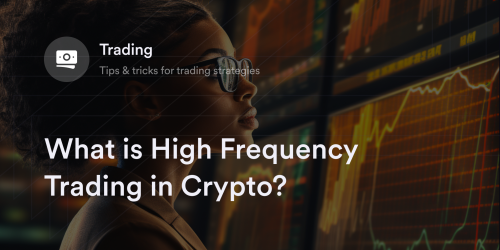
Explore high-frequency trading (HFT) in cryptocurrency. Learn how it works, common strategies, and the pros and cons of this fast-paced trading approach.

Some cryptocurrency traders avoid bear markets. Learn what a bear market is and how to trade during one (if you choose).

Long-term cryptocurrency investors hope for parabolic bull runs. Learn what a bull market is and why traders wait for this opportunity.
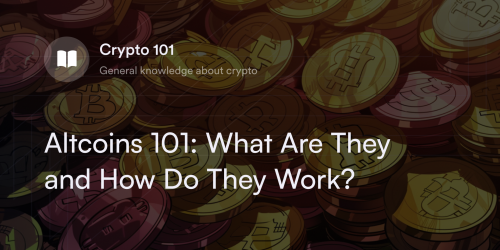
Bitcoin may have launched the crypto industry, but it’s far from the only digital coin. Learn what altcoins are and how they differ from BTC.

Cosmos wants to bring the crypto community together with its innovative blockchain infrastructure. Find out what Cosmos is and why it’s growing in Web3.

Stablecoins bring some sense of greater predictability to the volatile cryptocurrency industry, relative to other crypto assets. Learn what stablecoins are and why they’re significant for traders.

Cryptocurrencies are at the cutting edge of technology but have a past stretching back decades. Learn the history of cryptocurrency to understand digital assets.
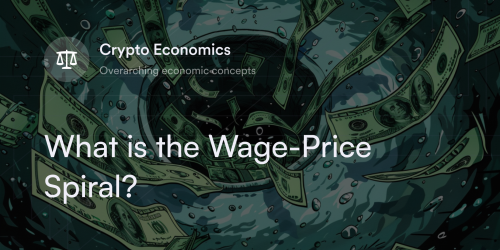
The wage-price spiral theory cites that rising labor costs lead to high inflation. Learn how the wage-price spiral works and whether crypto can prevent it.
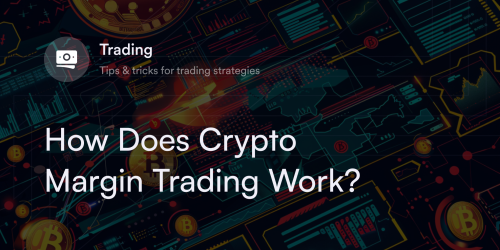
Explore the high risks, benefits, and strategies to navigate crypto's margin trading.

Layer 2s are fast protocols taking the cryptocurrency industry by storm. Discover how these work and why they’re important for blockchain scalability.

Cryptocurrency traders may use stop-limit or stop-loss orders to manage risk. Learn the difference between a stop-limit versus stop-loss.
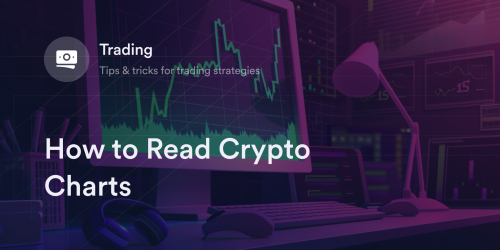
Master how to read the crypto market charts and use them for trading. Discover essential tools, strategies, and insights to make informed decisions.
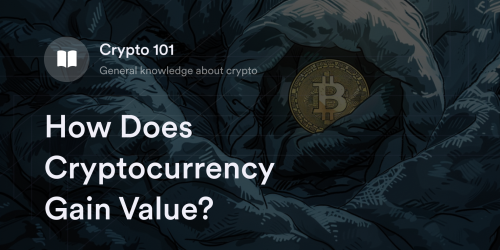
Find out earn how demand, trust, network activity, and more impact cryptocurrency value in the market.

Cryptocurrency scams cost traders millions of dollars every year. Learn more about what crypto pump-and-dump schemes are to protect yourself against fraud and avoid costly mistakes.

Double spending threatens any digital currency. Learn how cryptocurrencies use blockchain technology to prevent it, real-world examples and security measures.
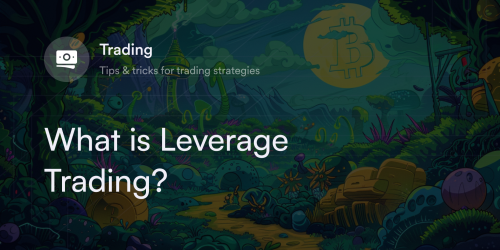
Although leverage is common on many crypto exchanges, it can be a risky practice. Learn more about what leverage trading is before deciding if it’s right for you.
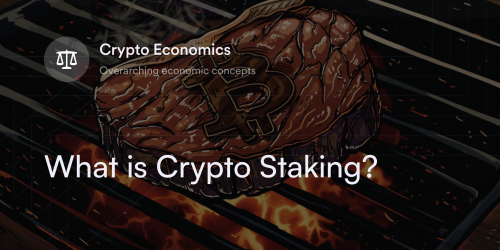
Staking services promise to reward traders with a consistent flow of cryptocurrency. But what is crypto staking, and are there risks?

Peer-to-peer isn’t unique to cryptocurrencies but is one of blockchain’s foundational aspects. Discover what peer-to-peer is and how it makes cryptocurrency possible.
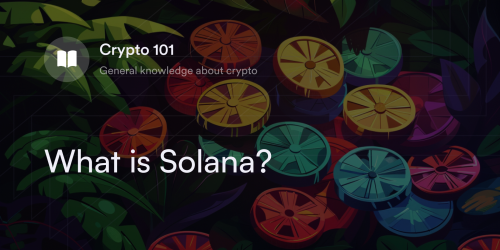
Solana burst on the cryptocurrency scene in 2020, becoming an influential digital currency. Find out what Solana is and why it's making waves in Web3.
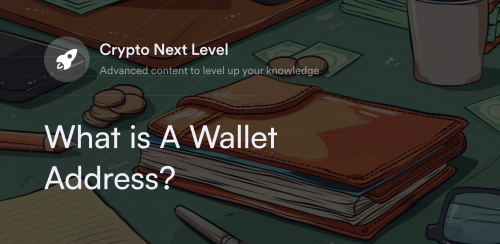
To send and receive cryptocurrencies, you need a crypto wallet address. So, what are wallet addresses, and why are they crucial for crypto transfers?

Discover the top Bitcoin holders, including Satoshi Nakamoto, individuals, companies, and countries. Explore the distribution of BTC ownership in the crypto world.
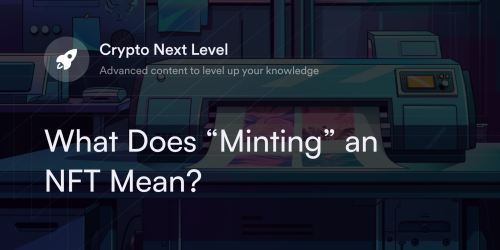
Are you considering breaking into NFTs and creating your own collection of virtual collectibles? Discover what minting an NFT means and how the process works.
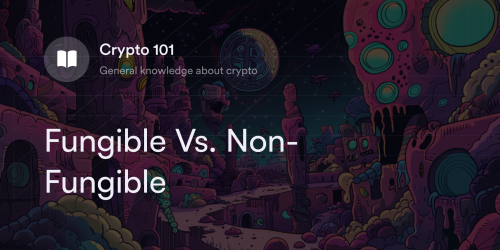
Explore the world of fungible and non-fungible assets in the cryptocurrency industry. Learn their differences, use cases, and more in this comprehensive guide.

Learning how to send crypto is the first step into the digital economy. Master the basics of sending cryptocurrency to take full advantage of Web3.

Remittance services have become a necessary part of the global economy. Learn what remittances are and how crypto might influence their future.
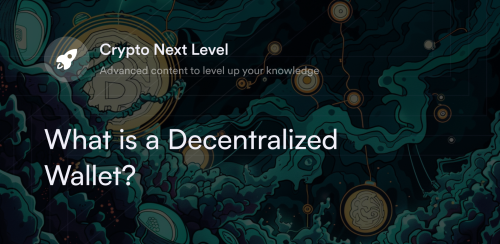
Decentralized wallets do far more than store and send cryptocurrencies. Learn how downloading a decentralized crypto wallet opens new doors into Web3.
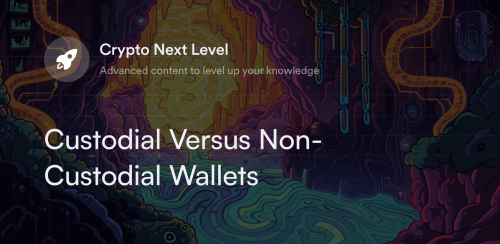
Not all cryptocurrency wallets offer the same control over assets. Learn the differences between custodial and non-custodial wallets.

Before traders spend or send cryptocurrency, they must set aside coins for gas fees. Find out what crypto gas fees are and how to find the cheapest rates.

Discover the role of blockchain nodes in cryptocurrency. Learn about node types, how they work, and their importance in decentralized networks.

Ever wonder why each cryptocurrency trades for a different amount? Learn more about what market price is and how people calculate it to understand crypto trading.
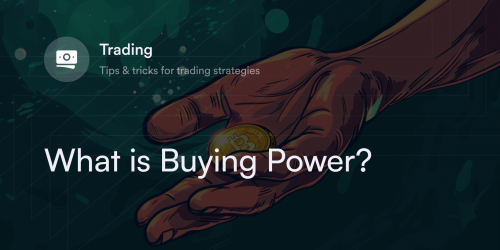
Traders often confuse “buying power” with “purchasing power” or “total cash.” Learn more about what buying power is and how it affects crypto traders.
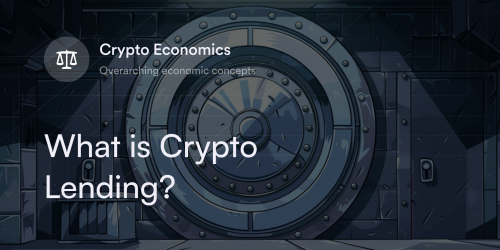
Just because banks don't handle cryptocurrencies doesn't mean there aren't ways to take out crypto loans. Learn what crypto lending is and how to use it safely.
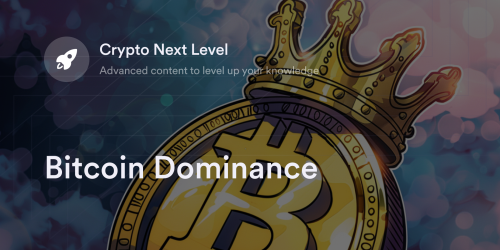
Learn what the Bitcoin dominance score is, how to calculate it, influencing factors, and its reliability as an indicator.
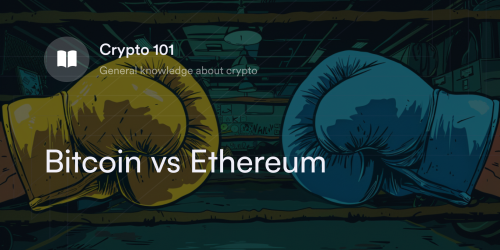
Explore the differences between Bitcoin and Ethereum, their purposes, consensus mechanisms, environmental impact, coin issuance, and similarities.
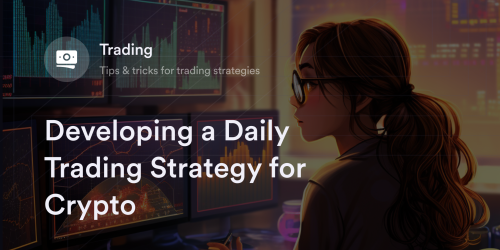
Day traders aim to profit from short-term price movements in digital assets. Crypto day trading requires a solid strategy for portfolio management.

The Metaverse is increasing in popularity with investors who are pouring billions into virtual land tokens. Find out its process, risks, and potential rewards

Explore strategies for cashing out Bitcoin securely for fiat currency, factors affecting costs, and potential downsides to consider.
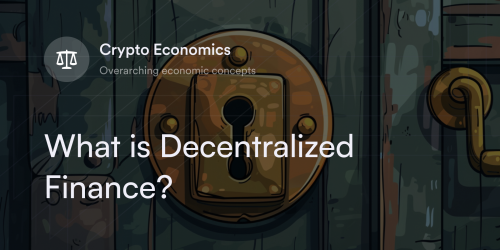
Decentralized finance aims to "democratize" the crypto economy. Learn about its advantages, disadvantages, and how to get started with DeFi today.

Discover USDC, a stablecoin tied to the U.S. Dollar. Learn how it works, its uses, benefits, drawbacks, and the difference from other stablecoins like USDT. Explore USDC on dYdX.

Blockchain and Web3 are often used to describe the transformative technologies used in crypto and the future of the internet. While related, they are not the same, and a clear understanding of their differences is crucial to grasp their capabilities fully.
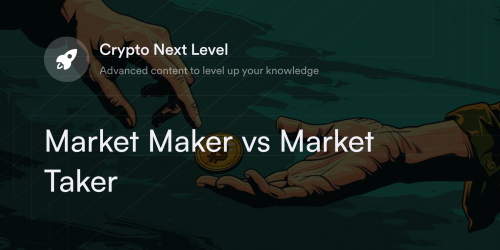
This article will introduce the mechanics of market making and market taking and how these actions shape an exchange.
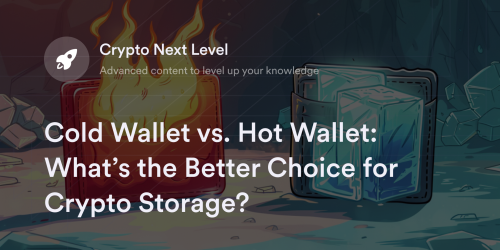
All crypto wallets fall into two categories: cold wallets or hot wallets. Learn what distinguishes them to choose the option that best suits your needs.

New to crypto? Learn essential cryptocurrency terms, from altcoin to blockchain, and understand crypto slang used in the digital asset market. Start your journey now!

Learning how to set up a crypto wallet is crucial for anyone interested in digital assets. Investors need a wallet to store and transfer funds.

Perpetual contracts let traders speculate on crypto prices without holding tokens. Discover how crypto perpetuals work and why they’re attractive.
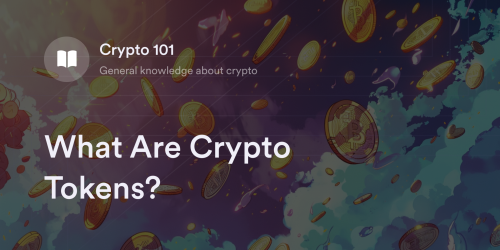
Understand the distinctions between crypto tokens and coins, their uses, and investment potential. Learn about popular tokens and start trading on dYdX
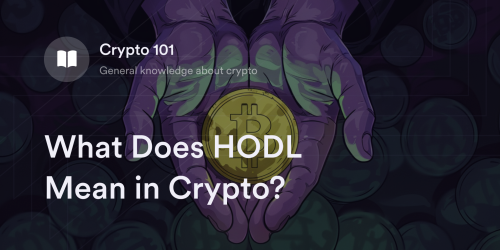
Discover the meaning of HODL in crypto, its origin, benefits, and drawbacks. Learn how to HODL, whether to use cold wallets, stake, or practice dollar-cost averaging.
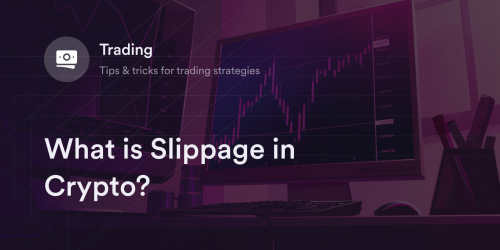
Learn about crypto slippage: causes, effects, and strategies to reduce it. Understand slippage tolerance, limit orders, and dYdX's low-slippage trading experience.